The Indian Government Class 5 Notes SST
| Table of contents |

|
| Introduction |

|
| The Central Government |

|
| Lok Sabha |

|
| Rajya Sabha |

|
| The President of India |

|
| Forming the Government |

|
| State Government |

|
| The Judiciary |

|
Introduction
- Think of India as a colourful puzzle made up of 28 states and 8 Union Territories. Each has its own government, but together they form one united country.
- To manage this large and diverse nation, India follows a two-level system: the central government handles national issues, while state governments take care of local needs.
- The Constitution acts like a rulebook, clearly dividing powers between the two to keep things running smoothly.
- Let’s explore how this system makes life better for everyone!
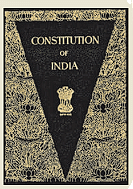
Examples of Division of Power: National defense is the responsibility of the central government, whereas maintaining local law and order falls under the jurisdiction of the state government. In times of necessity, the central government extends support to the state governments.
The Central Government
The central government, also known as the union government, is responsible for creating laws that apply to the entire country. This legislative body is called the Parliament and comprises the President of India along with two houses - the Lok Sabha and the Rajya Sabha.
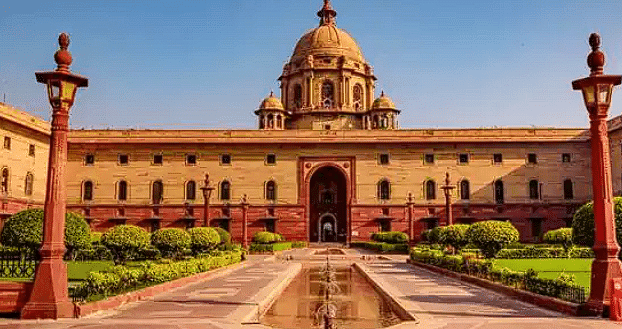
Lok Sabha
The Lok Sabha is the primary legislative body in India. It is also referred to as the House of the People or the Lower House.
- Members of the Lok Sabha are directly elected by the citizens of the country.
- The proceedings in the Lok Sabha are overseen by the Speaker, who is elected by the members of the house.
- Members of the Lok Sabha serve a term of five years.
- Any Indian citizen aged 18 or above can participate in the general elections by voting.
- India is divided into constituencies, and the candidate with the most votes in a constituency becomes its Member of Parliament (MP).
- The Lok Sabha can accommodate up to 552 members.
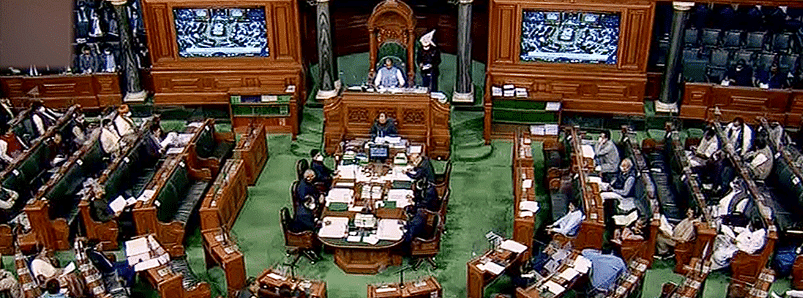
Rajya Sabha
The Rajya Sabha serves as the Upper House within the Parliament.Unlike the Lower House, its members are not directly elected by the general public.
- Members of the state legislative assemblies and Union Territories have the authority to elect members to the Rajya Sabha.
- The maximum strength of the Rajya Sabha is 250 members.
- Among these, 238 members are elected, while the President of India nominates the remaining 12 members.
- Members of the Rajya Sabha hold office for a term of six years.
- Every two years, one-third of the members retire, making way for new members.
- The Chairman of the Rajya Sabha is the Vice President of India.
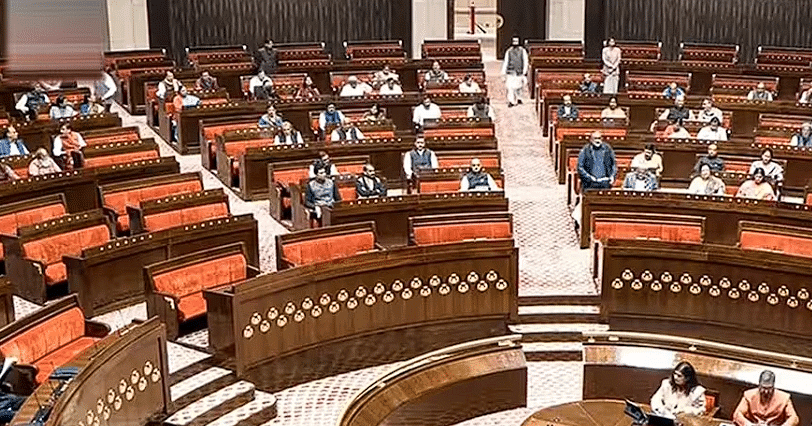
The President of India
- The President serves as the leader of the nation.
- Election Process: The President is chosen by members of the Lok Sabha, the Rajya Sabha, and state legislative assemblies.
- Term Duration: The President's term lasts for five years.
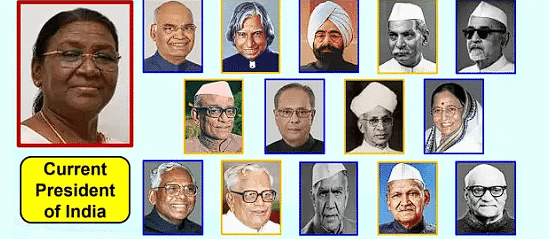
Forming the Government
- Multiple political parties exist in our nation, a crucial aspect of our democracy.
- During general elections, parties nominate candidates, and citizens vote for them.
- The party winning the most Lok Sabha seats assumes power at the national level.
- The Prime Minister, appointed by the President from the winning party, establishes the Council of Ministers.
- The council comprises cabinet ministers, ministers of state, and deputy ministers, all of whom must be Parliament members.
State Government
Each state possesses a Legislative Assembly responsible for creating state laws. Members of Legislative Assembly (MLAs) are elected by citizens above 18 years old for a five-year term.
- The Governor, appointed by the President of India for five years, leads the state.
- Following the Assembly elections, the Governor invites the leader of the winning party to form the government.
- The Chief Minister is the leader of the majority party in the Legislative Assembly.
The Judiciary
The Constitution of India establishes an independent judiciary. The Supreme Court, located in New Delhi, serves as the highest judicial body in India.
- It issues the final verdict in legal disputes.
- The Supreme Court can have a maximum of 34 judges, with the Chief Justice holding the highest judicial position.
- Appointments of all judges are made by the President of India.
High Court and Lower Courts
- Each state in India has its own High Court, which serves as the top judicial authority in that state.
- In addition to the High Court, there are lower courts available in every state.
- Every district within a state has its own specific court to handle legal issues.
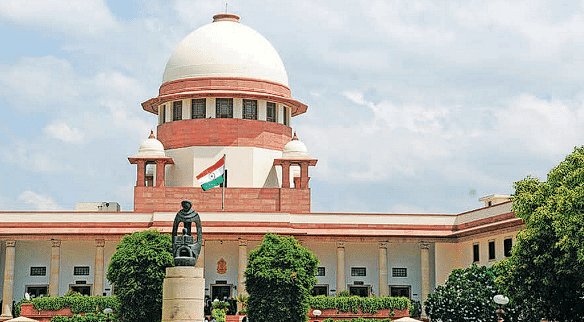
|
33 videos|419 docs|50 tests
|
FAQs on The Indian Government Class 5 Notes SST
| 1. What is the role of the President of India in the government? |  |
| 2. How is the Lok Sabha different from the Rajya Sabha? |  |
| 3. What is the process of forming the government in India? |  |
| 4. What are the different levels of the judiciary in India? |  |
| 5. What is the significance of state governments in India? |  |





















